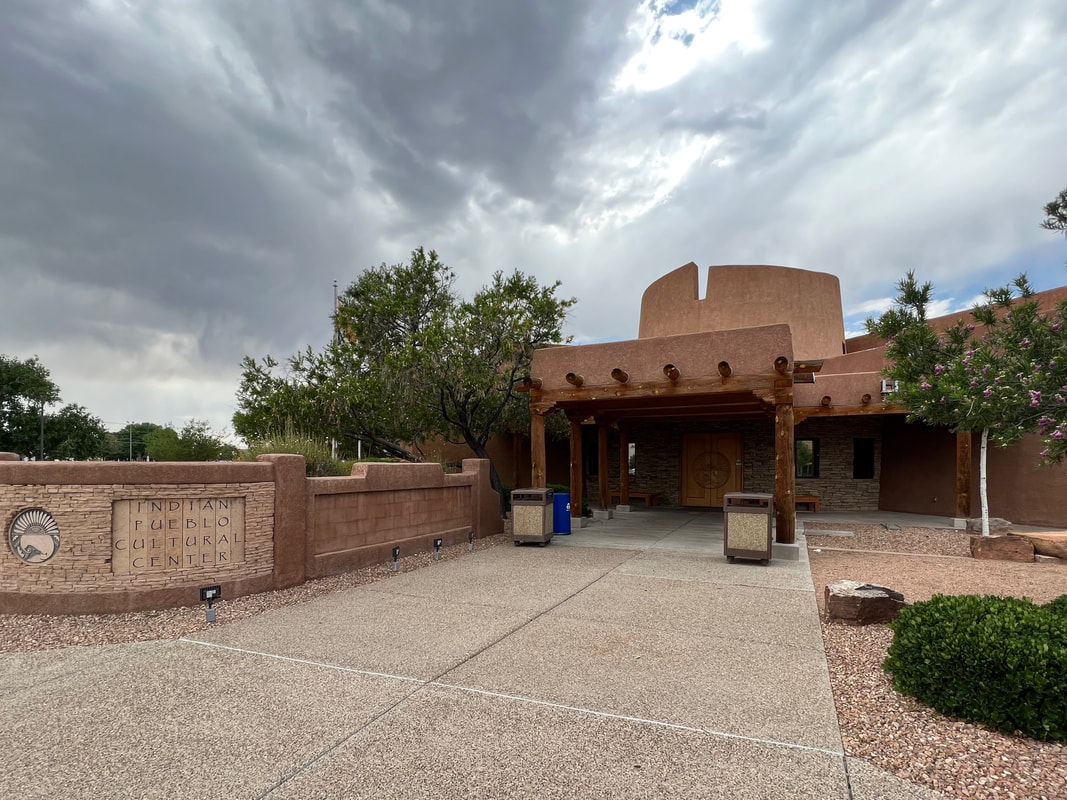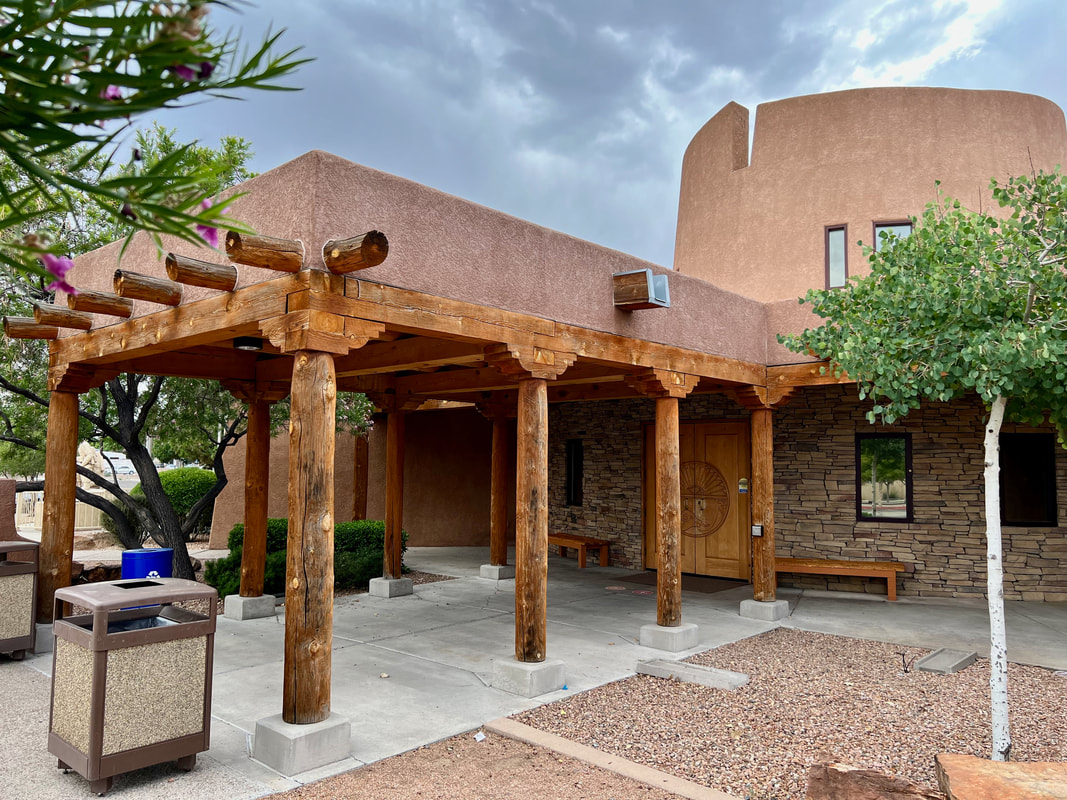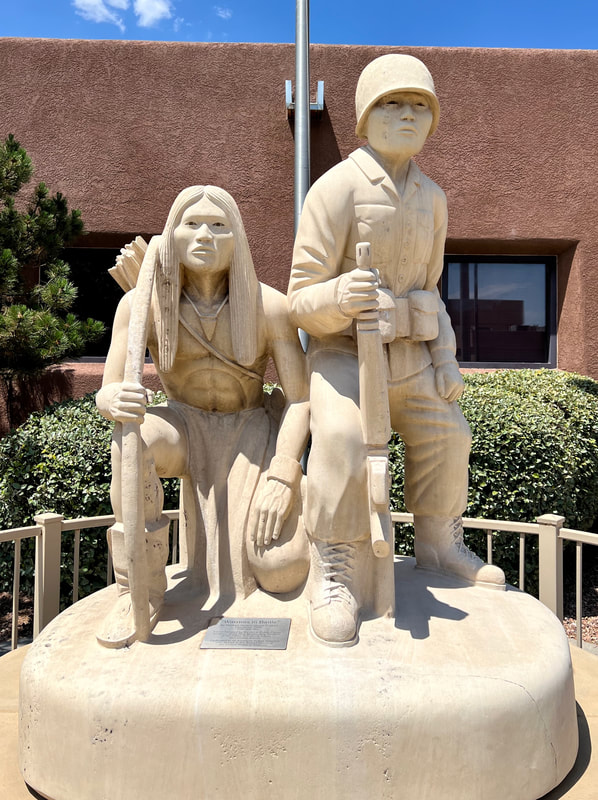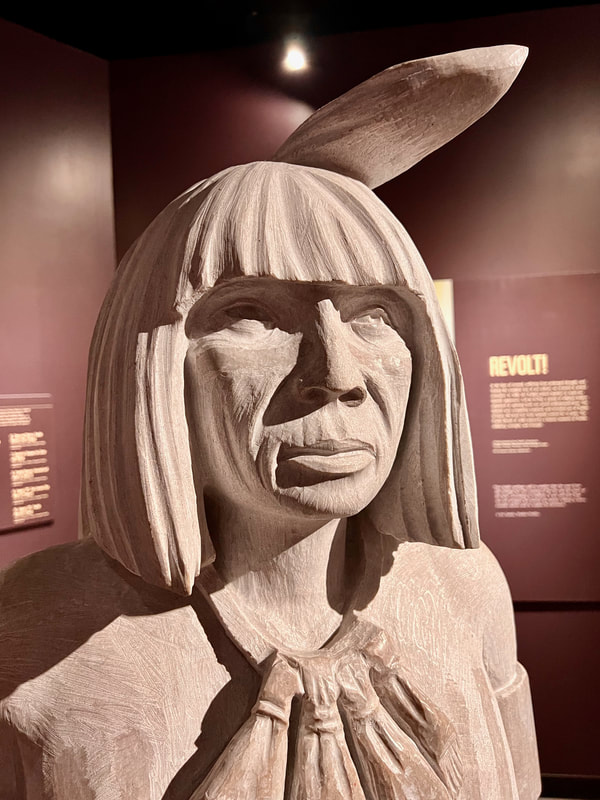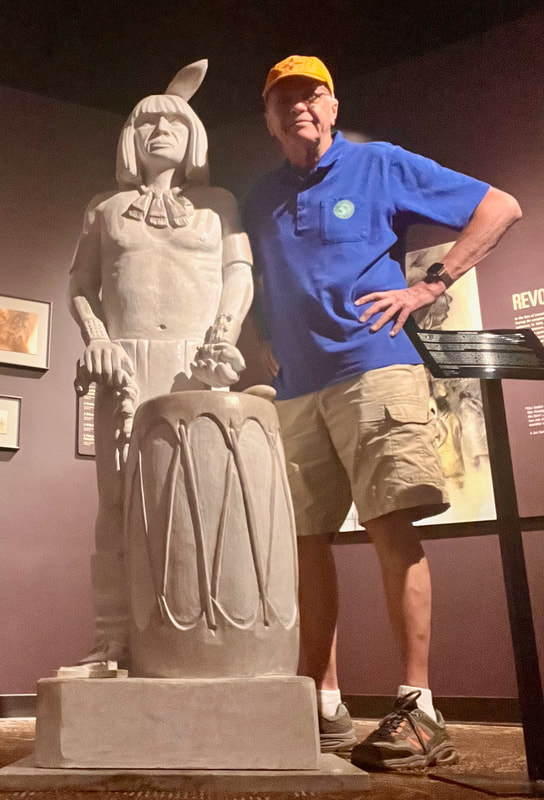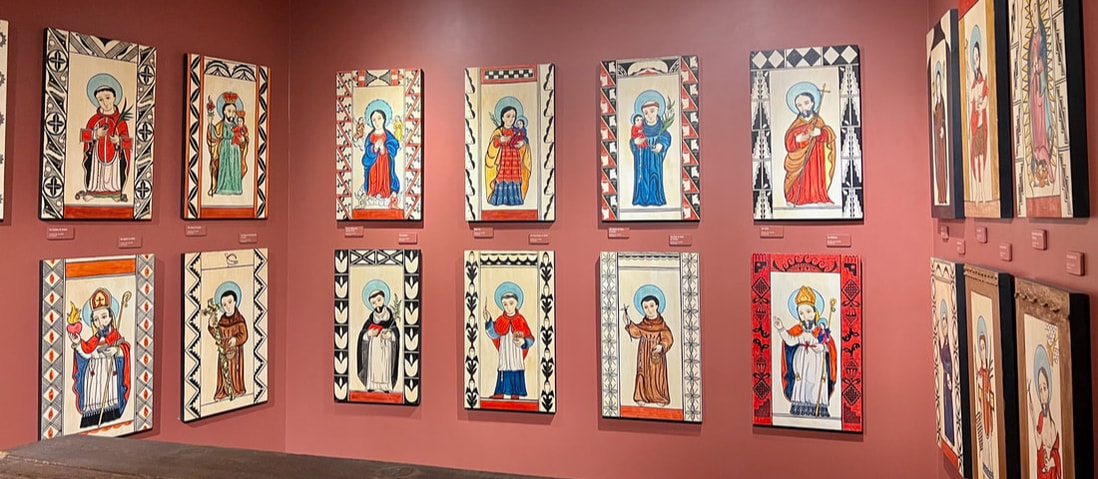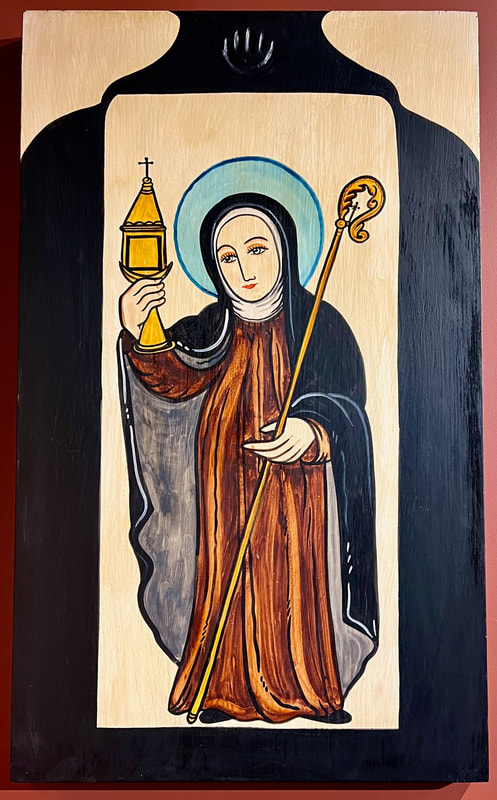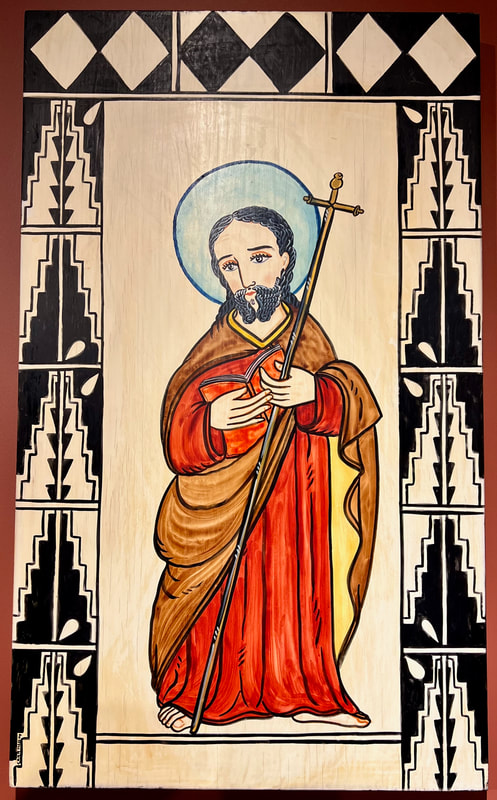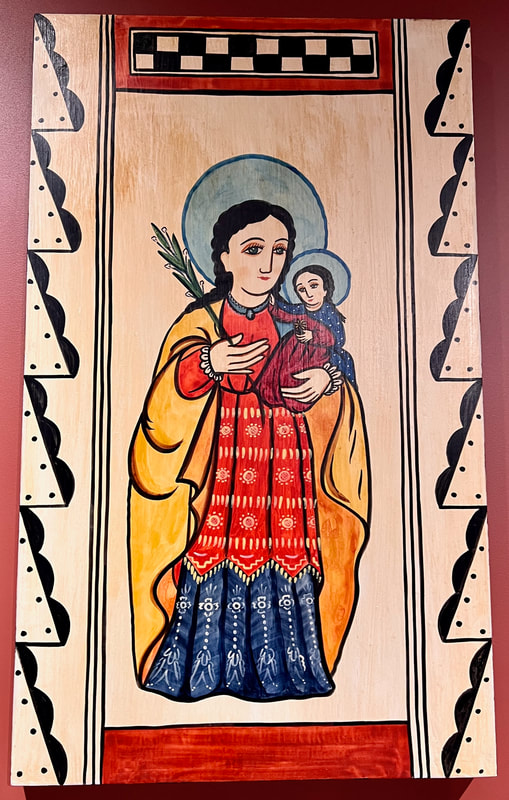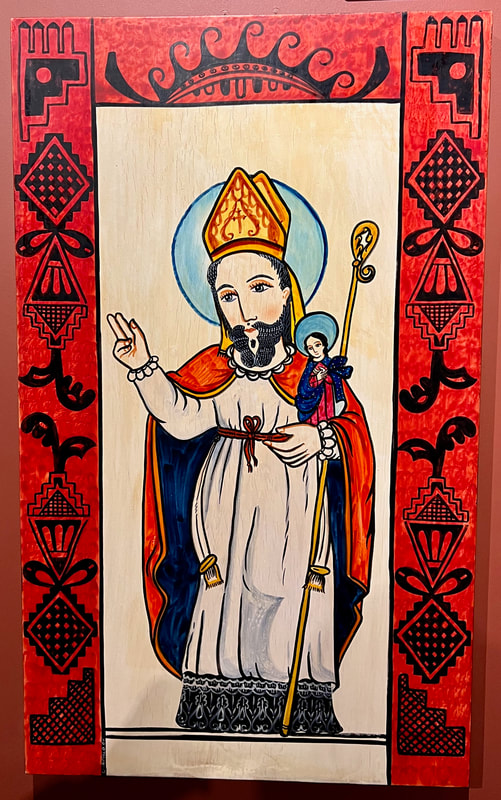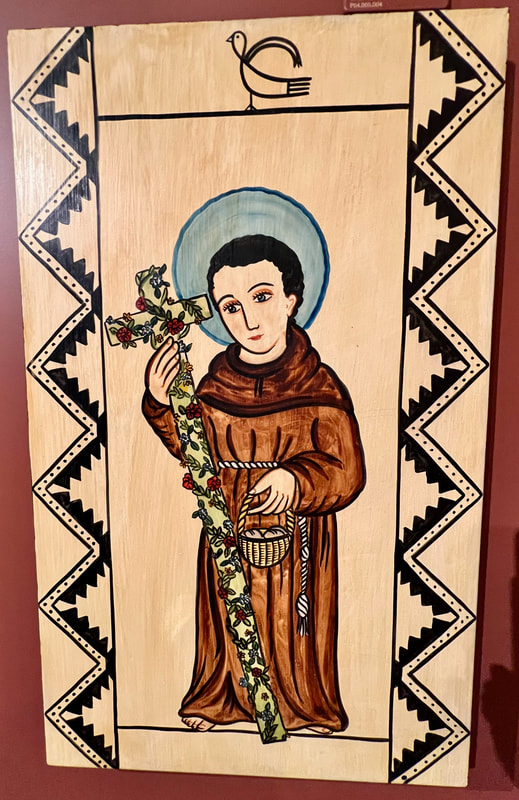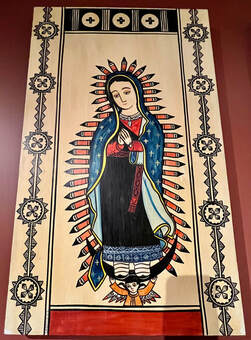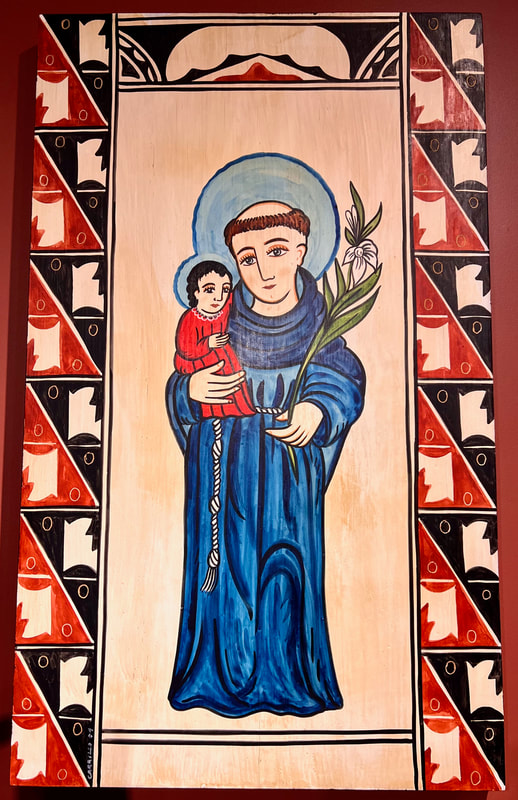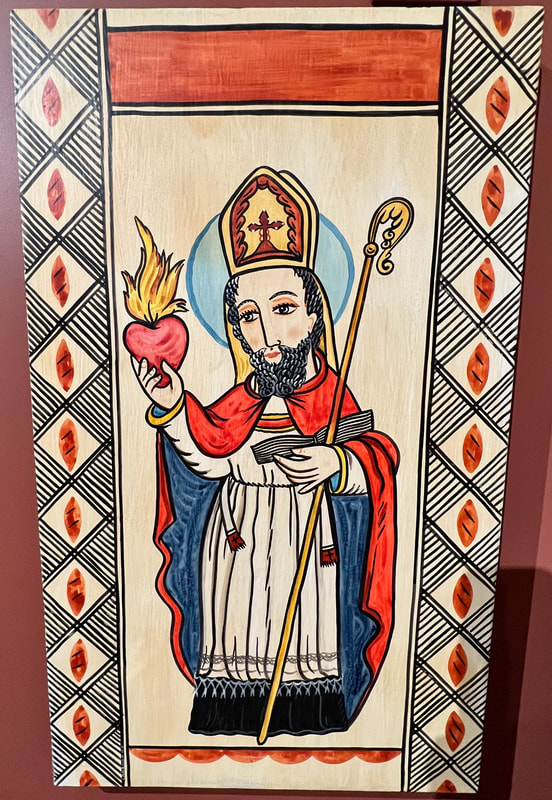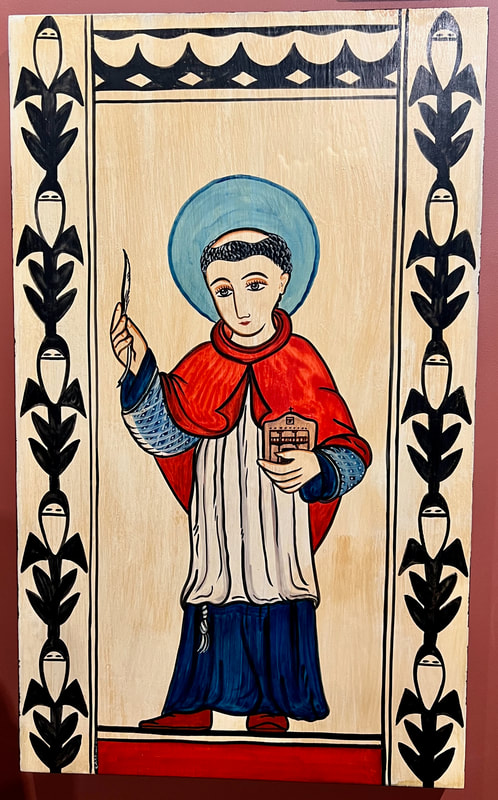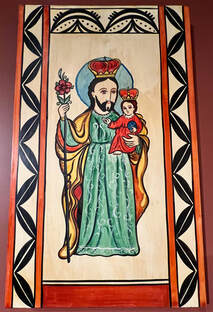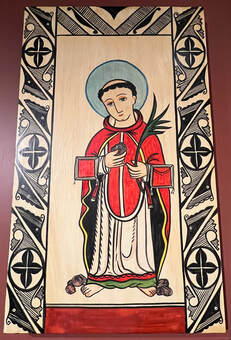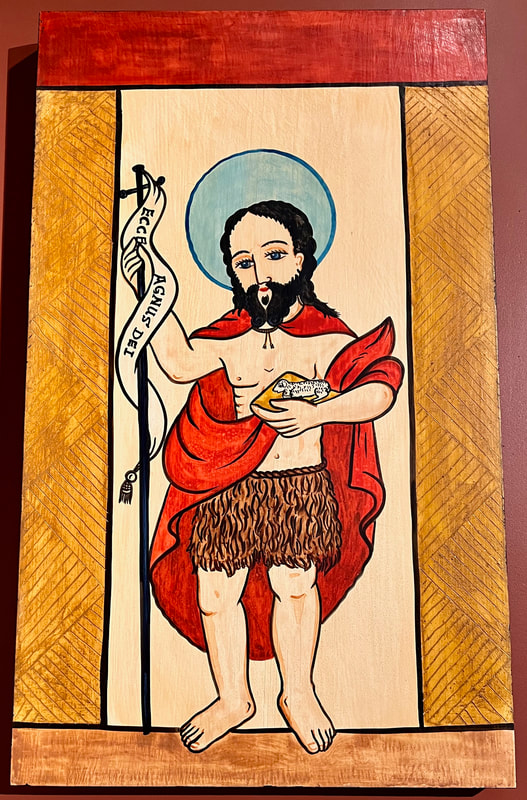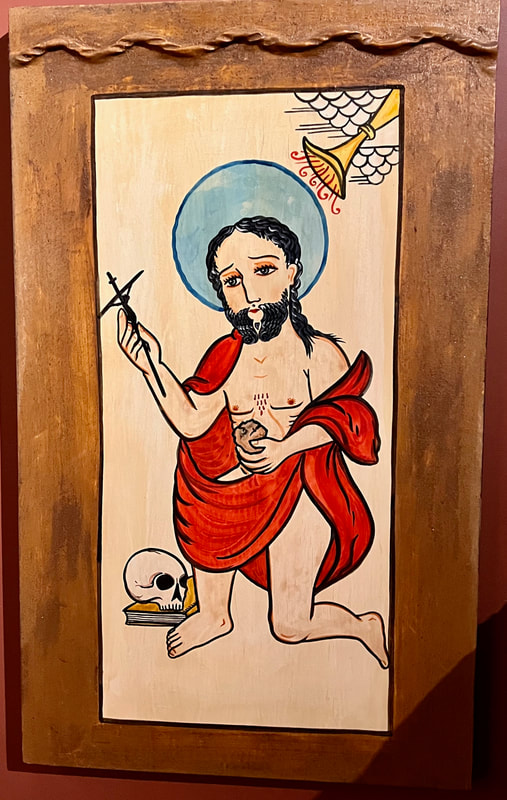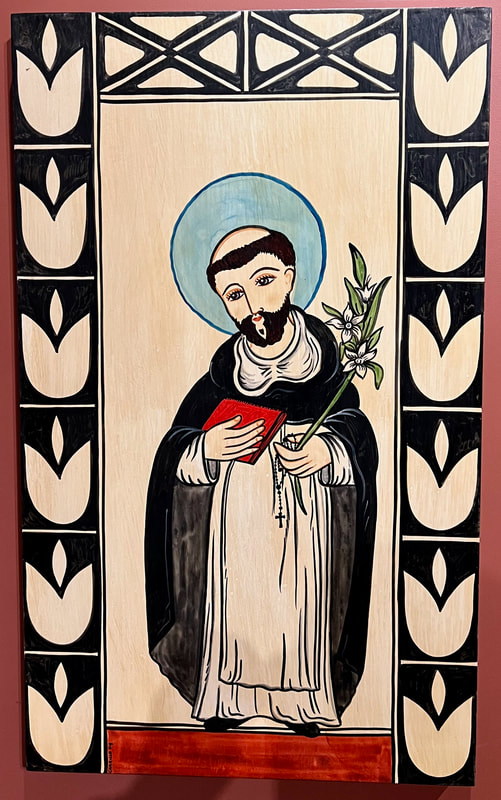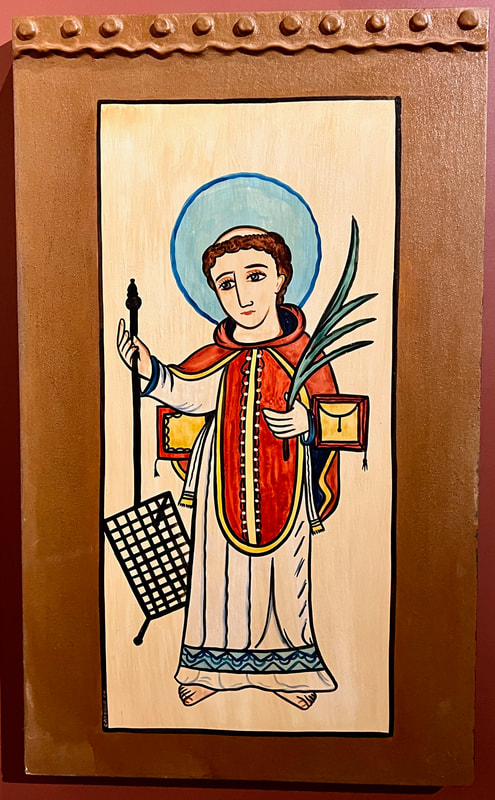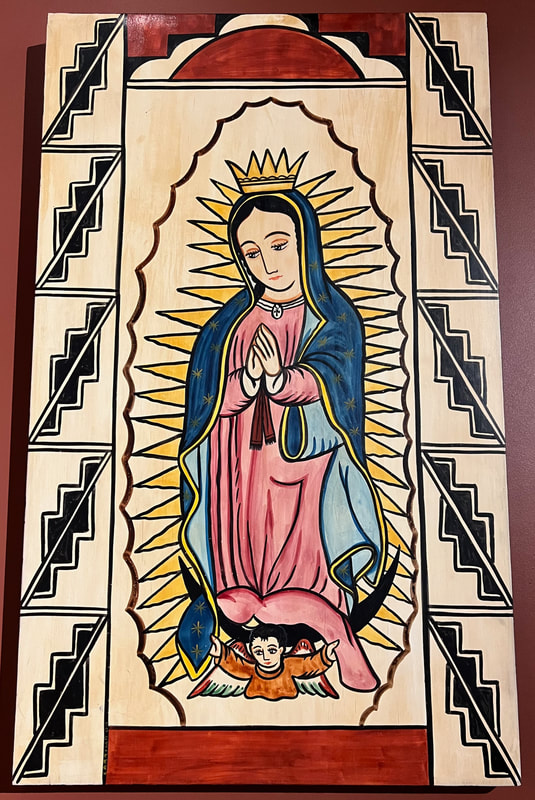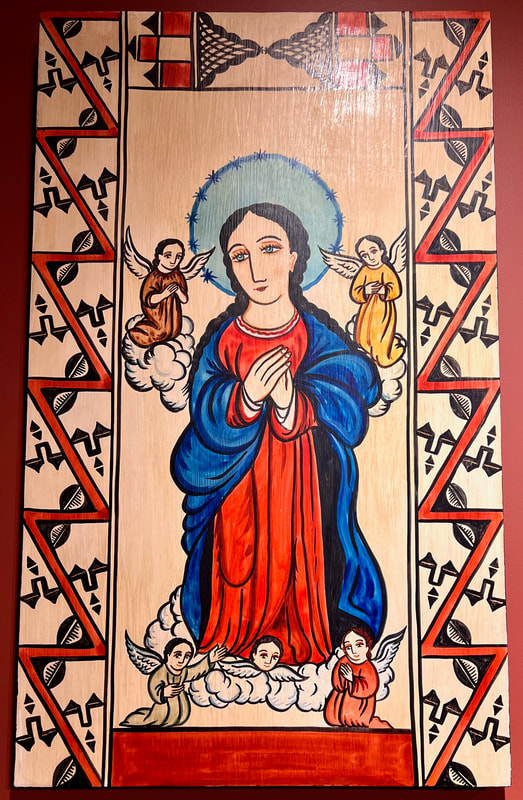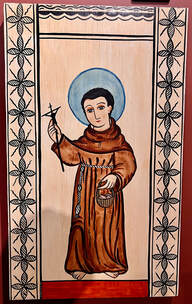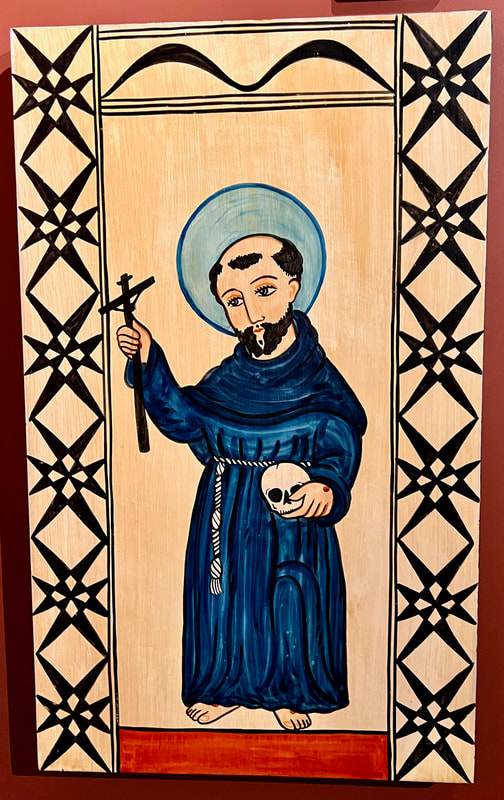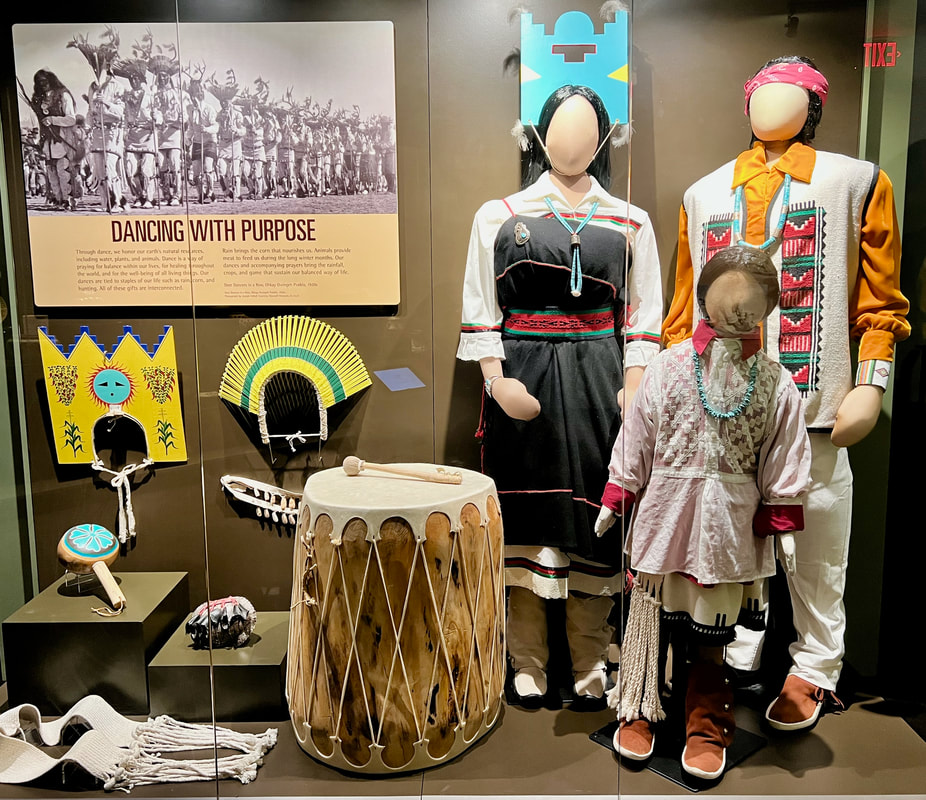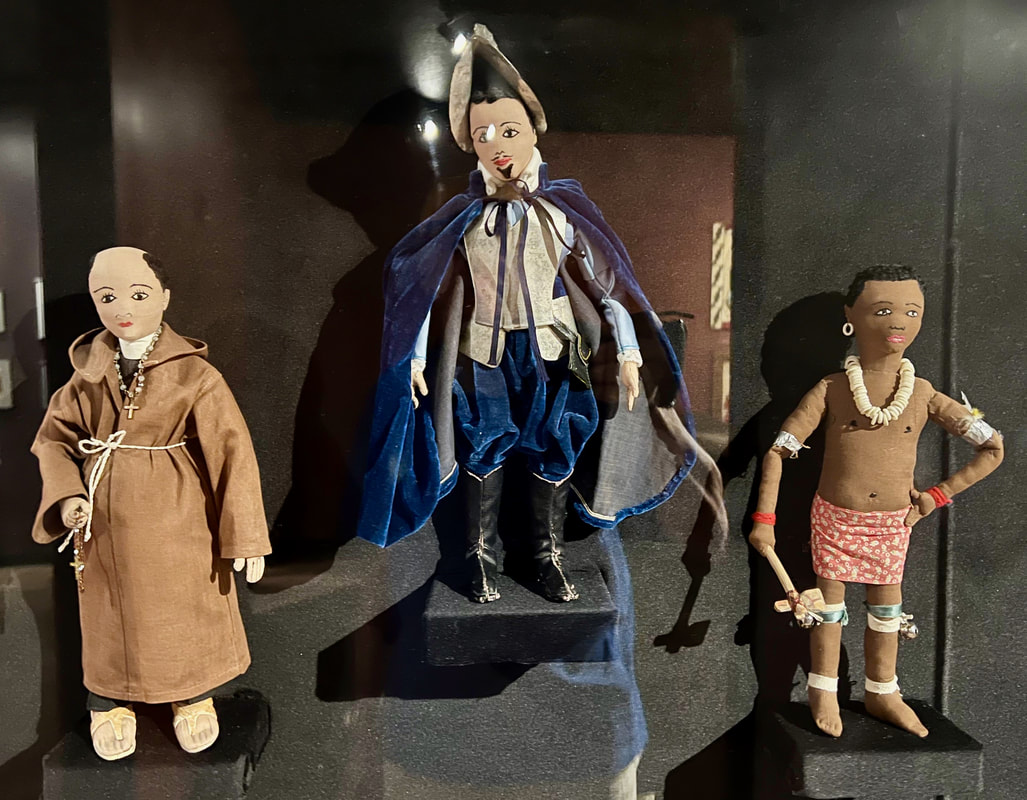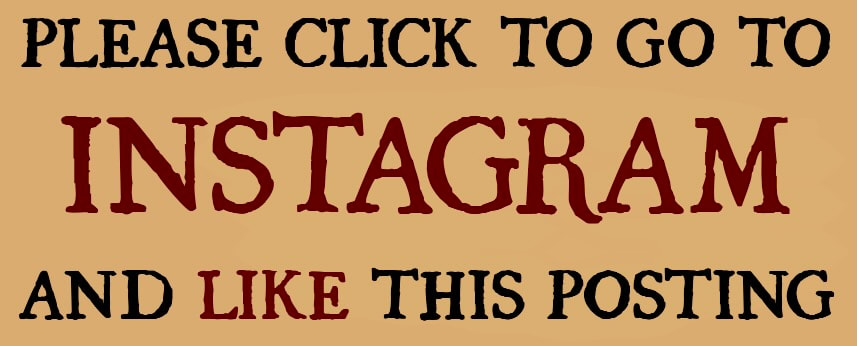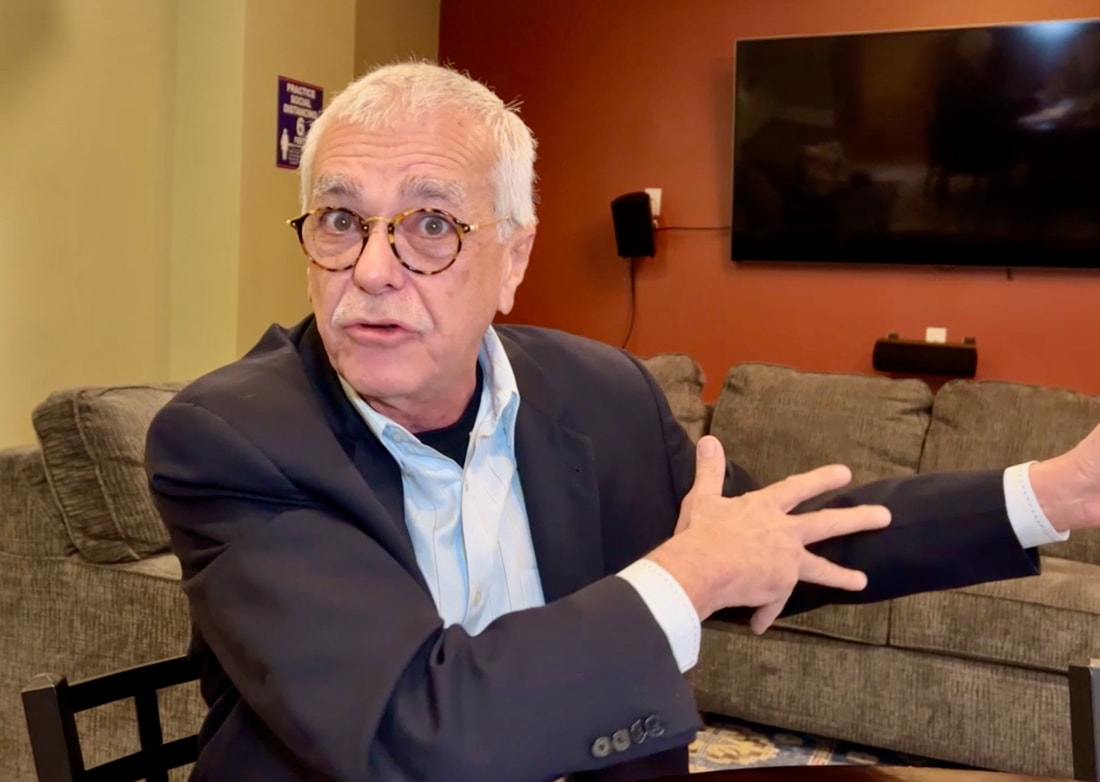|
Eighth of a series
So if I'm searching for our Hispanic heritage, you might ask, why am I visiting Native American historic sites in New Mexico?
And the answer is obvious. In this part of the country, Indian and Hispanic history is so intertwined that separating it would be impossible! Besides, as a journalist for more than 40 years, I can tell you that you are not telling the whole story if you don't seek "the other side of the story." And there is always another side! So here I am, at the Indian Pueblo Cultural Center, in Albuquerque, seeking to learn how Native Americans view their interactions with the Spanish, Mexican, and American colonizers who settled here. And I'm rapidly finding out! |
|
“The story of the Pueblo peoples is one of perseverance, an exhibit explains. "It is a story of overcoming challenges posed by three successive colonizing nations: Spain, Mexico and the United States. The colonizers perpetrated countless injustices against us over several centuries, but we have continuously fought back and have regained many of our rights as sovereign nations. The arrival of the Spanish in 1540 sparked a process of dramatic change in the Pueblo world. Despite these forces of change which threatened to destroy our way of life we have maintained our languages, ceremonies, cultural traditions, and religion. We have persevered.”
Other exhibits remember the Spanish even more harshly. While acknowledging that Spanish soldiers, settlers, and priests introduced them to horses, cattle, sheep, metal tools, and weaponry, an exhibit notes that they also "forced their religion, language, and culture upon us." |
|
"We were forbidden to practice our ceremonies, songs, dances, and prayer, the exhibit explains. "They also brought unseen pathogens, spreading diseases that ravaged our communities. The Spanish took our food and clothing and required us to perform backbreaking labor. If we did not comply, we were severely punished. This Spanish sense of cultural superiority, and their lack of cultural accommodation, eventually led to the Pueblo Revolt of 1680."
|
|
The Revolt was led by Po'Pay, "a holy man and War Captain of Ohkay Owingeh," and "one of the men whipped in Santa Fe, an experience that hardened his resolve to expel the Spanish," according to other exhibits here. "Led by Po’Pay, a group of religious leaders organized an uprising from our sacred underground kivas. The Spanish were completely surprised and retreated out of Pueblo territory. We lived free from Spanish control for 12 years. The Pueblo Revolt of 1680 represents a historic moment of Pueblo solidarity, strength, and triumph.”
For Hispanics today, this is the truth that we have to accept, even if it hurts, just as Native Americans must acknowledge the extreme violence of some of their ancestors, even if it hurts. |
SAINTS OF THE PUEBLOS
Images by Charles M. Carrillo To enlarge these image, click on them!
|
|
Yet, I have met Hispanics who believe their ancestors committed no atrocities, and I have met Native Americans who believe all their ancestors were peaceful. At those two extremes, everyone is wrong, and they must learn to deal with the truth. In New Mexico, Hispanic/Indian pain was inflicted in both directions.
|
|
So, for the other side of this story, when I get to Santa Fe, I intend to visit "The Cross of the Martyrs," in honor of the 400 Hispanic settlers (men, women and children and 21 Franciscan missionaries) who were killed during the Pueblo Revolt of 1680.
|
|
Of course, there are Hispanics who would argue that many Native Americans welcomed the religion, animals, and technological advances brought by their Spanish ancestors, that tales of mistreatment are exaggerations, and that this is still evident today, many generations later, in the way New Mexico Pueblo Indians still cling to Spanish ways, specially Catholicism.
|
|
At least that part is true. Indian Pueblos still have Catholic churches! And most Pueblos are still named after Catholic saints! Although many Native Americans insist that Catholicism was imposed on their ancestors, they also acknowledge, as one exhibit does here, that it “became part of our lives alongside our traditional religion.”
"The Franciscan fathers who came as missionaries in the sixteenth and seventeenth centuries chose a patron saint for each Pueblo and named the Pueblo missions after them," explains the exhibit while showcasing each of those 19 saints. Finding them all together in an Indian cultural center was impressive, and illustrative of the unbreakable historic ties between Hispanics and Native Americans. See photos on this page. "These saints are depicted on retablos, or painted wooden panels that adorn our chapels," the exhibit explains. "We honor these saints during our annual feast days." |
|
It means that while they still resent what the Spanish did to their ancestors, they still love the Spanish saints handed down by their ancestors! Unless you are from New Mexico, this might be a little difficult to understand. It was for me.
But ultimately, it means that part of Native American history is Hispanic, and part of Hispanic history is Native American. We are inseparable! All we have to do is accept our history — all of it! — without holding grudges for what happened more than three centuries ago. ************************** For my next article, I think it's time to hit the road on el Camino Real and pick up the trail of another huge Hispanic expedition. Are you coming? |
To read other parts of this ongoing series, click: EXPLORING NEW MEXICO


